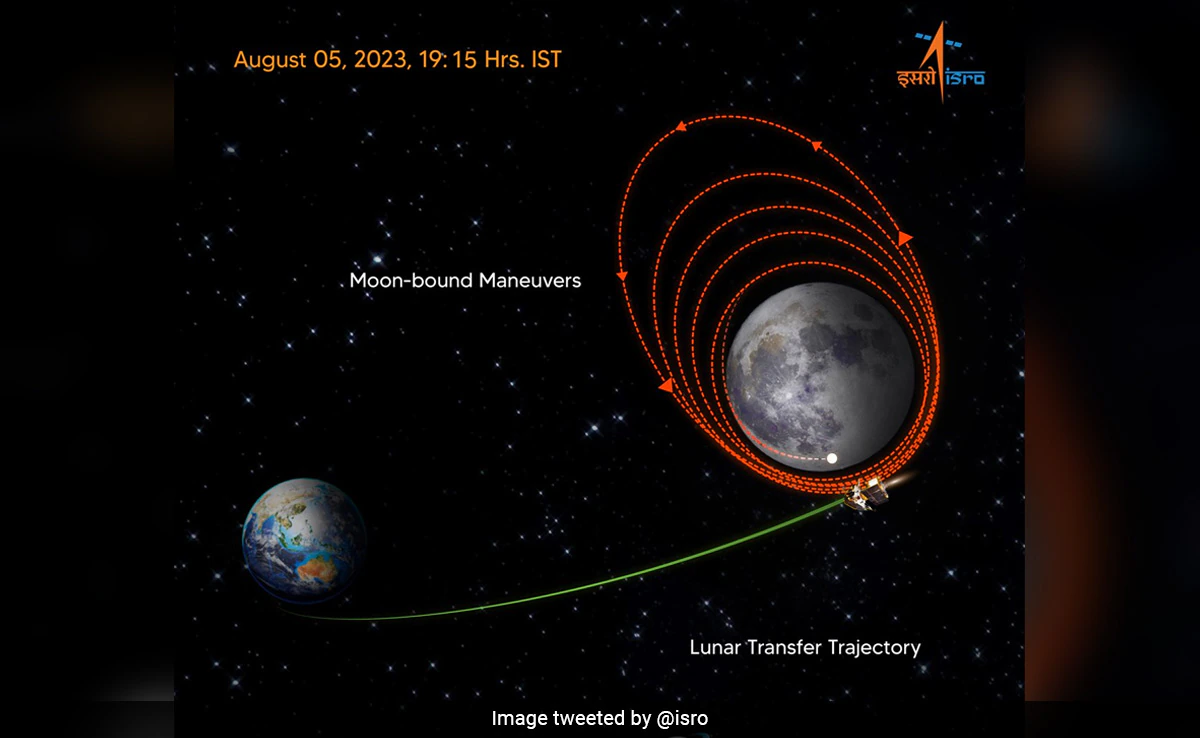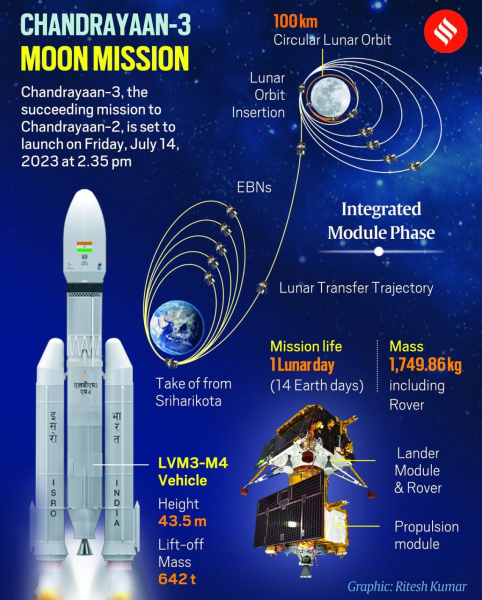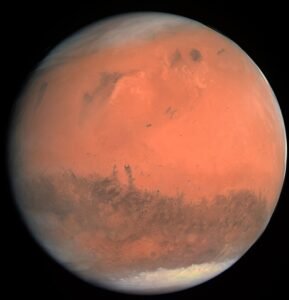
Introduction
In the realm of space exploration, India has steadily carved out a niche for itself. With its successful Chandrayaan-1 and Chandrayaan-2 missions, the Indian Space Research Organisation (ISRO) has made significant strides in lunar exploration. Now, anticipation is building for India’s next lunar endeavor, Chandrayaan-3. In this blog, we’ll delve into what Chandrayaan-3 is, its objectives, the technology behind it, and its potential impact on both Indian space science and global lunar research.

What is Chandrayaan-3?
Chandrayaan-3 is the third mission in India’s Chandrayaan lunar exploration program. Building on the experiences and knowledge gained from Chandrayaan-1 and Chandrayaan-2, this mission aims to further India’s understanding of the Moon and solidify its place in the global space exploration community.
Objectives of Chandrayaan-3
- Soft Landing on the Moon: One of the primary objectives of Chandrayaan-3 is to achieve a successful soft landing on the lunar surface. This is an ambitious goal, considering the challenges and complexities of landing on an extraterrestrial body.
- Lunar Exploration: The rover and lander components of Chandrayaan-3 will be equipped with scientific instruments to explore the lunar surface. These instruments will gather data about the Moon’s composition, topography, and geological history, enhancing our understanding of Earth’s celestial neighbor.
- Sample Collection: Chandrayaan-3 may also include provisions for collecting lunar samples. These samples can provide invaluable insights into the Moon’s history and evolution, as well as contribute to global lunar research efforts.
The Technology Behind Chandrayaan-3
- Improved Lander and Rover: Chandrayaan-3 is expected to incorporate design improvements based on lessons learned from the Chandrayaan-2 mission. This includes enhancements to the lander’s propulsion system and communication capabilities to ensure a more reliable soft landing.
- Scientific Instruments: The rover and lander will carry a suite of scientific instruments, including spectrometers and cameras, to analyze the lunar surface and its composition. These instruments will be essential for achieving the mission’s scientific objectives.
- Navigation and Autonomy: Chandrayaan-3 will rely on advanced navigation and autonomy systems to make critical decisions during its descent and landing phases. These systems will help ensure a safe and precise landing.
Impact on Indian Space Science
Chandrayaan-3 holds immense potential for advancing India’s capabilities in space science and technology. The mission will provide invaluable experience in complex lunar missions, including soft landings and surface operations. This expertise can be applied to future lunar and planetary missions, as well as collaborations with other space agencies.
Additionally, the scientific data gathered by Chandrayaan-3 will contribute to our broader understanding of the Moon’s history and evolution. This knowledge can lead to insights into Earth’s geological processes and the early solar system’s formation.
Global Collaboration
Space exploration is increasingly becoming a collaborative endeavor, with countries worldwide pooling their resources and knowledge. Chandrayaan-3 offers opportunities for collaboration with international partners on lunar research. By sharing data and expertise, scientists from around the globe can work together to unlock the Moon’s mysteries.
Conclusion
Chandrayaan-3 represents India’s commitment to advancing its capabilities in space exploration. With its ambitious objectives, advanced technology, and the potential for scientific discoveries, this mission has the potential to elevate India’s standing in the global space community. As we eagerly await the launch and progress of Chandrayaan-3, it is a testament to humanity’s insatiable curiosity and our shared quest to explore the cosmos.






